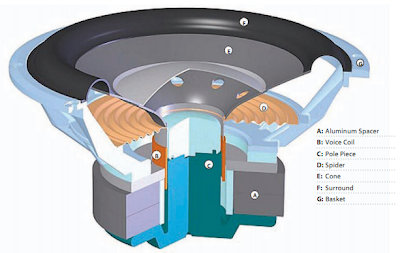What is Bassworx?
For the past 10 years, Bassworx has been built on the
principal of offering top quality and innovation in design. Our enclosures and accessories satisfy the
most critical of hobbyist that demands the best, while delivering a ‘WOW’
factor that drives aftermarket enthusiasm.
The product line has also grown into several tiers of enclosures, from
‘fuzzy’ to woofer and vehicle-specific solutions, as well as a complete line of
car audio and home cable accessories that challenge the competition.
Gloss and other cosmetic finishes remain ingrained in our
philosophy of offering premium products at reasonable prices. We strive to raise the bar through each
product line to ensure that our end-users get a product that exceeds their
expectation. We maintain top-notch build
quality on our enclosures through rabbet and dado construction. Our installation accessories were conceived
with the same philosophy of cutting-edge design and manufacturing quality.
Bassworx will continue to innovate, bringing high quality
and cool looking products to the market at a price that is affordable to all audio
enthusiasts alike. If you have any ideas
of where we should go next, we’d love to hear from you.
-Bruno Gomes









